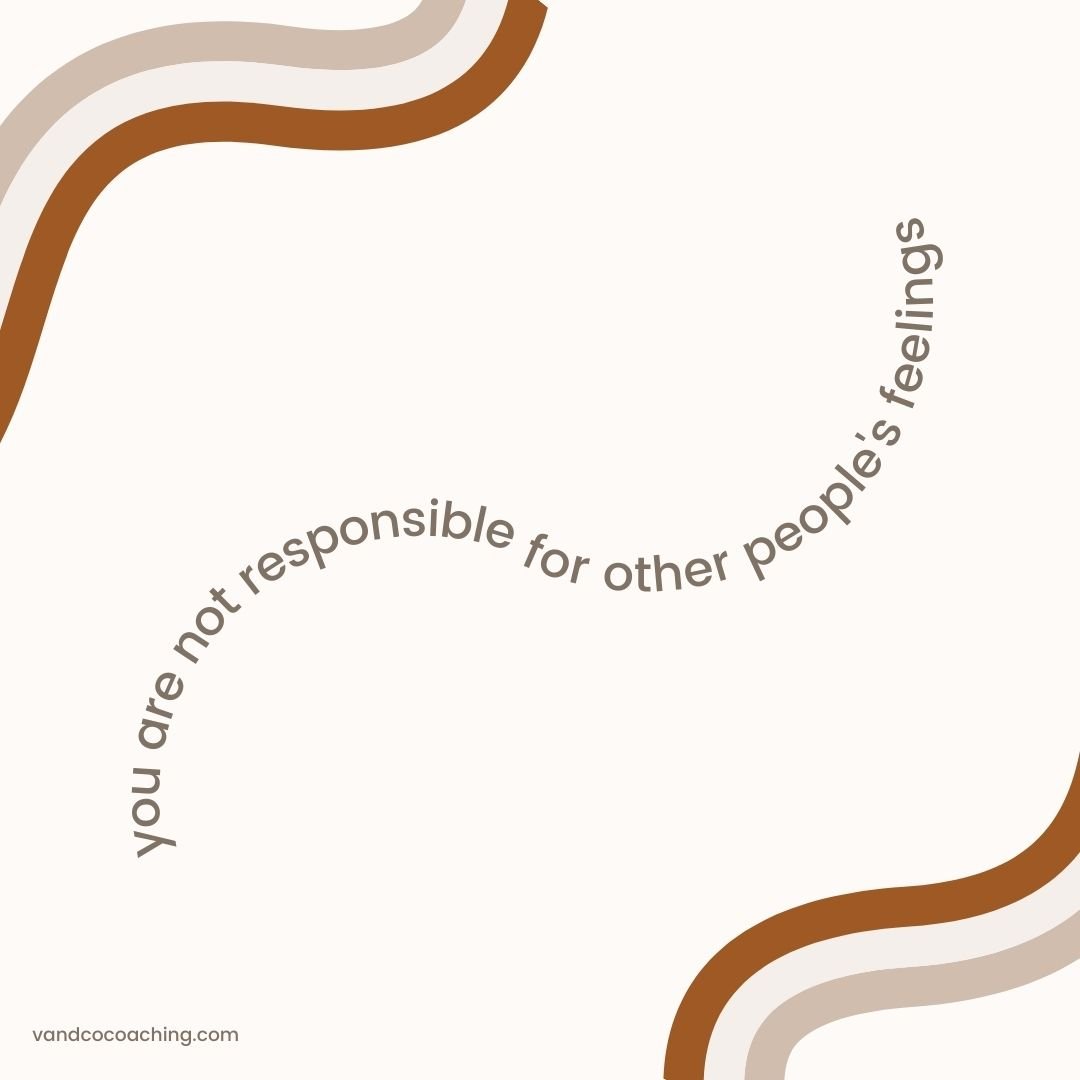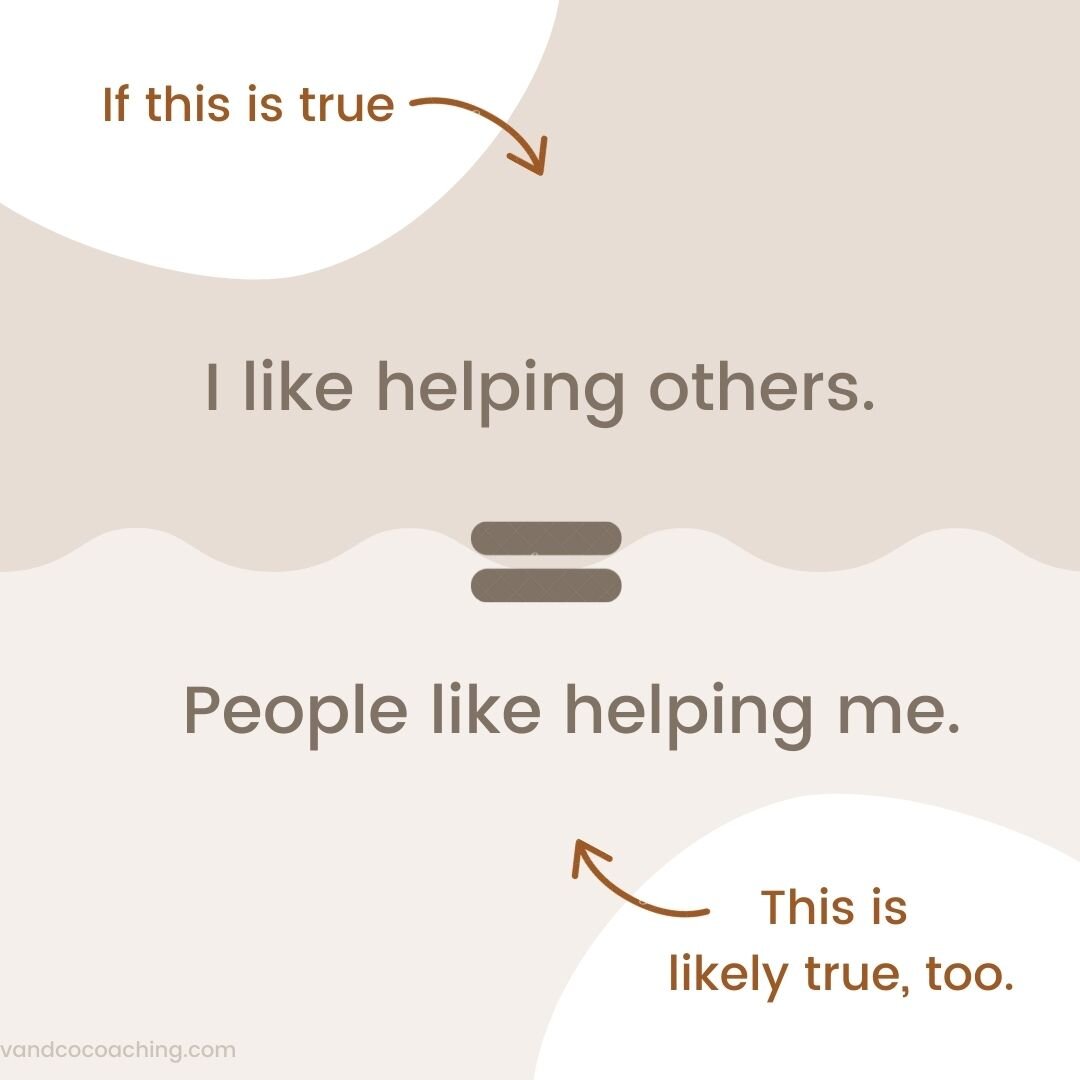From Rumpelstiltskin to 'Name it to Tame it': Why Naming Things Works
The Power of Naming
I would not put myself into the Sci-fi nerd camp, though I did read The Wizard of Earthsea by Ursula K. Le Guin at a rather formative age. So perhaps "the power of naming" idea has been rattling around in my head for decades. Time to get it out!
Ms. Le Guin says,
"The name is the thing, and the true name is the true thing. To speak the name is to control the thing."
And Madam Ursula isn't the only one - many cultures and folklores have believed that naming something gives you power over it. For instance, in traditional Japanese folklore, there are creatures called yokai that lose their power when they are given a name. And perhaps you remember the fairy tale Rumpelstiltskin, where the title character offers to let the queen keep her firstborn child if she can guess his name within three days (spoiler alert: she does.)
Similarly, naming can have practical applications in our daily lives, specifically a helpful tool called "Name it to Tame it," which can help you take control of your thoughts, emotions, and actions, which I'll explain more about below.
How Naming Your Thoughts Can Change Your Behaviors
In a recent leadership coaching session, one of my clients, a marketing manager at a tech company, expressed a sense of overwhelm and despair about an upcoming project. As we dug deeper, it became clear that her thoughts were spiraling negatively, beyond what was realistically possible. She was catastrophizing the situation, i.e. blowing things out of proportion and imagining worst-case scenarios.
When I introduced her to the concept of catastrophizing and explained that it was a common Thinking Trap, she seemed to have an "aha" moment. She realized that she had been engaging in this type of thinking pattern, not only at work but in other areas of her life as well. By putting a name to it, she felt more empowered to overcome this limiting thinking pattern.
As a coach, I am trained to be an objective observer for my clients and help them see things from a different perspective. By naming what I see and helping my clients identify their patterns, I give them the tools to make more informed decisions and change their behaviors. In this case, my client left the session feeling more hopeful and motivated to take action.
Learn The ‘Name it to Tame it’ Tool
The "Name it to Tame it" tool is a simple yet powerful way to take control of your thoughts and emotions. By giving a name to a thought or emotion, you can separate yourself from it and view it more objectively. For example, if you tend to catastrophize situations, giving that tendency a name can help you recognize when it's happening and remind you to take a step back and look at the situation more realistically.
To use the "Name it to Tame it" tool, follow these simple steps:
Identify a thought or emotion (usually a pattern that's challenging for you) that you want to take control of.
Give it a name that describes it accurately.
When you notice that thought or emotion taking over, remind yourself of its name.
Use the name to separate yourself from the thought or emotion and view it more objectively and make more effective decisions about it.
My story of using "Name it to Tame it"
As a small business owner, I have my fair share of worries, especially when it comes to the sustainability of my business. Some months can be challenging, with income ebbing and flowing, and the weight of it all on my shoulders.
I use the "Name it to Tame it" exercise myself, and it's been a game-changer. I’ve personified my entrepreneurial worry as a goofy-looking Renaissance-eque gargoyle that perches on my shoulder called (admittedly, not very creatively) "My Business Worry.” Whenever MBW starts to whine, as he’s been doing for years, I nicely but firmly tell him to hush.
Naming my worries has allowed me to see them for what they are - just thoughts. By identifying and externalizing these worries, it's not that they go away, but I can interact with them in a way that feels more manageable.
Benefits of Naming for Personal Development
When you name something about yourself, whether it be a personality trait, a fear, or a goal, you're developing your self-awareness. This self-awareness gives you the ability to make more informed and proactive choices. By identifying and externalizing these internal experiences, you are able to see them for what they are and gain a new perspective.
Naming your goals, vision, obstacles, and blockers can be particularly helpful in developing ownership and creating a wider dataset of information. It is easier to work towards something when you have named it and made it concrete. (My clients know one of my favorite quotes is "A problem defined is a problem half-solved!") By doing this, you’re able to develop a better understanding of your aspirations and the challenges that may prevent you from reaching them. Naming your obstacles and blockers also enables you to identify the root causes of these challenges, and therefore create a more effective plan for overcoming them.
In Conclusion
From ancient folklore to modern coaching, the power of naming has been recognized for centuries. Use 'Name it to Tame it' and other naming techniques to take control of your thoughts, emotions... and therefore your life.



































